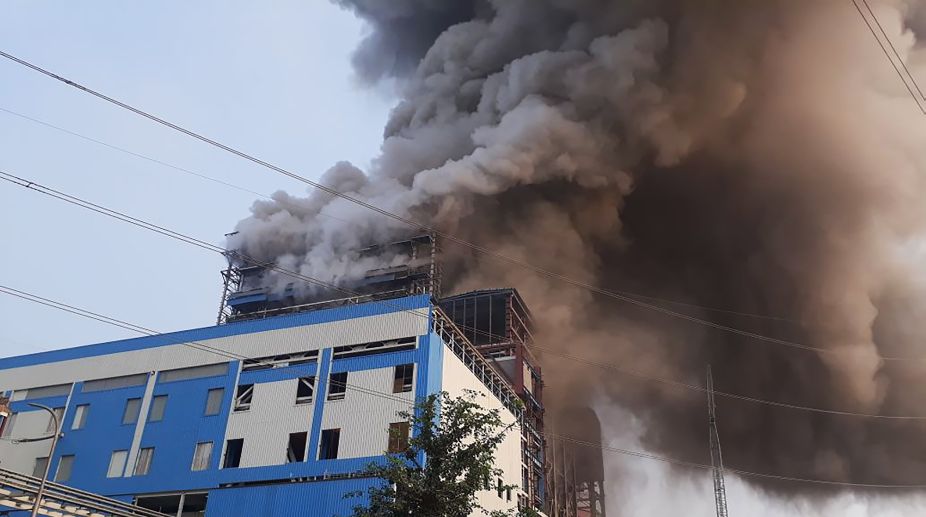Rahul slams Modi for criticizing Cong manifesto; calls it ‘revolutionary’
The MP further said, "No power can stop caste census from taking place."

(Photo: AFP)
The badly damaged sixth unit of the Unchahar power plant of NTPC, shuttered after last week’s boiler blast that killed 35 persons and injured many, could take more than a year to come back to its operational status, a senior official said.
The official, who declined to be named, said the November 1 blast in the boiler of the 500 Mega Watt NTPC plant had “completely devastated the plant”. “It could take more than a year to come back to its pre-November 1 (day of the disaster) operational status,” the official told IANS.
The damage to the plant could also hit the mega project of ‘Pradhan Mantri Saubhagya Yojna’, the official added.
Advertisement
More than 2.5 crore families spread across eight states were to draw electricity from this unit under the ambitious ‘Pradhan Mantri Saubhagya Yojna’ that aims at linking households with power connections. The Union Power Ministry has distributed the share of electricity produced here to eight states, with Uttar Pradesh getting the majority chunk of 40 per cent (173.74 MW).
Power generated from the sixth unit of Unchahar was also to be given to Chandigarh, Delhi, Jammu and Kashmir, Rajasthan, Haryana, Uttarakhand, Himachal Pradesh.
Of these states, after Uttar Pradesh, neighbouring Rajasthan was to get 74.09 MW, J&K (55.19 MW), Haryana (37.95 MW), Uttarakhand (30.64MW), Himachal Pradesh (22.21MW), Delhi (27.59 MW) and Chandigarh (4.19MW).
Of the power generated, 75 MW was left unallotted.
Prime Minister Narendra Modi had launched the Rs 16,320 crore Pradhan Mantri Sahaj Bijli Har Ghar Yojana, or Saubhagya, on September 25 this year with an objective to provide electrical connection to over 40 million families in rural and urban areas by December 2018.
The scheme funds the cost of last-mile connectivity to willing households to help achieve the goal of lighting every household by December 31, 2018.
Advertisement